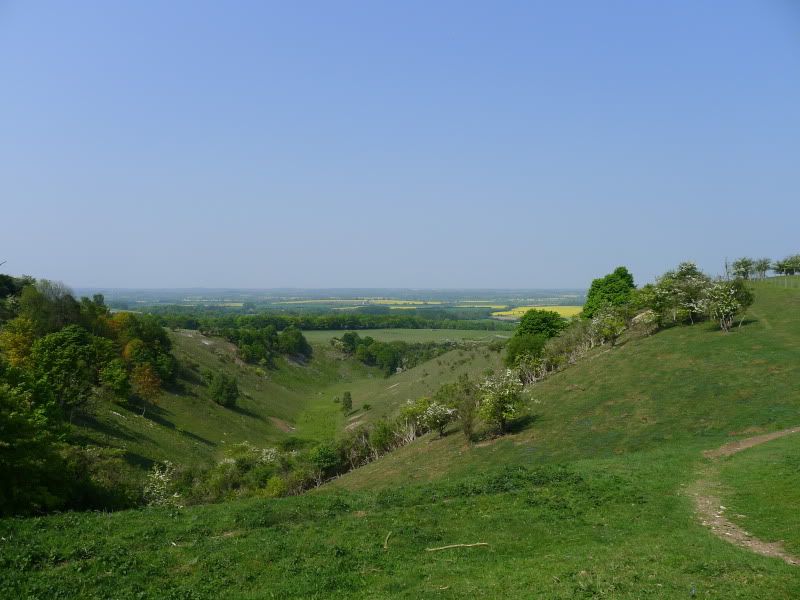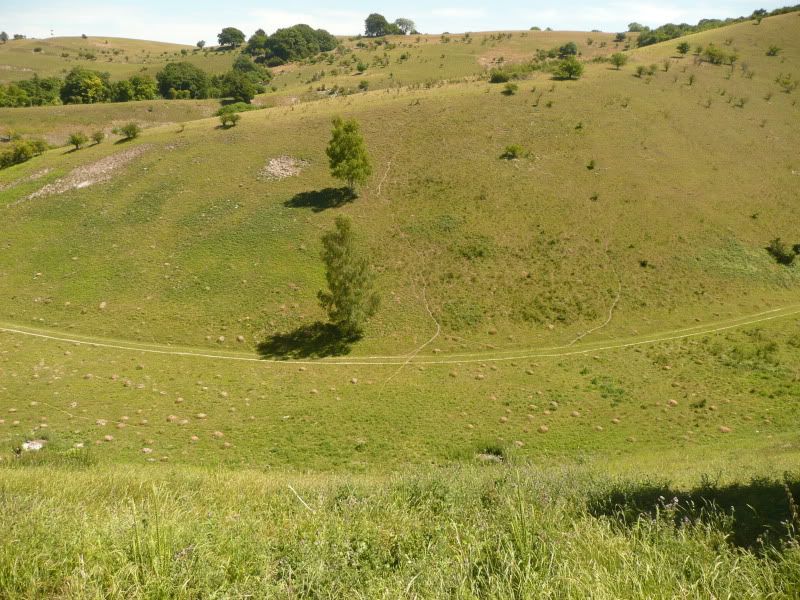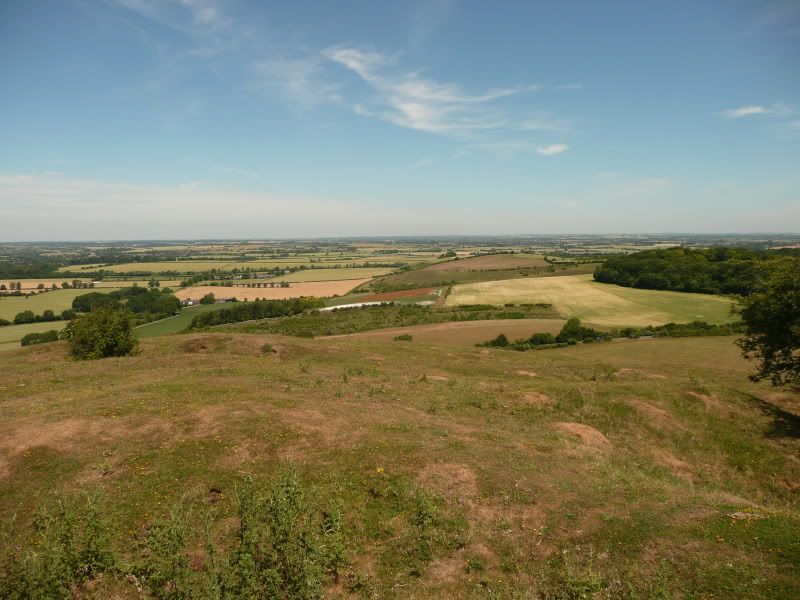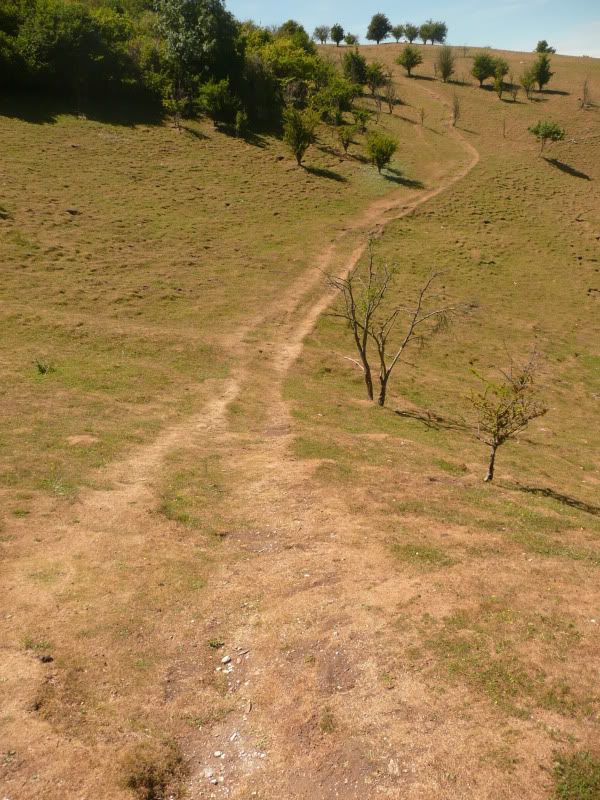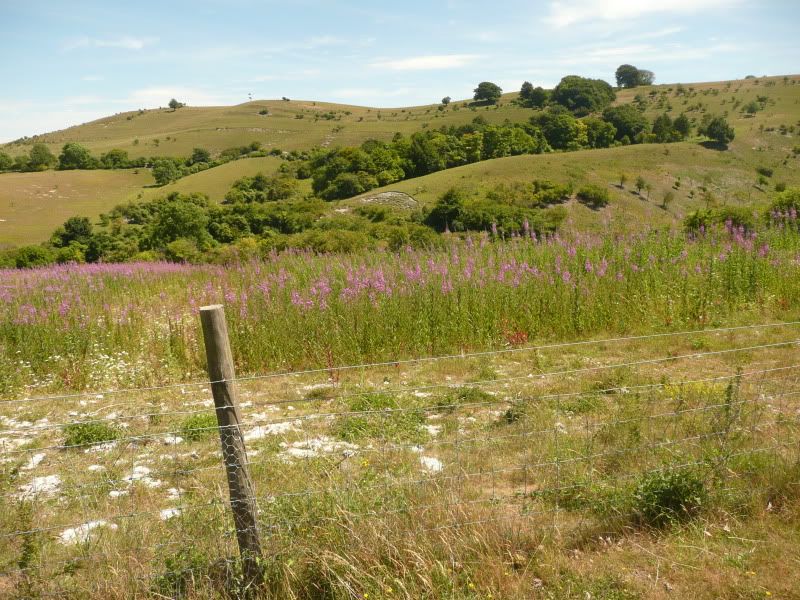Just a couple of minutes walk from my work’s London offices is the Wallace collection. One of the things I love about London is that a gallery of this significance can end up little known amongst Londoners and tourists. London is teeming with galleries and museums, it’s a hotbed of culture and learning. This is why it’s my favourite city in the world.
I wasn’t aware of it until I started walking past it, on my walks two and from work. Marylebone with it’s quirky shops and great pubs is a wonderful part of our capital and the Wallace collection, in the relative quiet of Manchester Square is a little serene part of it. Like most museums and galleries in London, it’s free, which is brilliant of course.
Although it houses sculpture, ceramics, furniture and paintings; including work by Frans Hals “Laughing Cavalier”, Rubens, Gainsborough, as well as a number of Venice paintings by Canaletto, what I enjoy most about the exhibition space is the Arms and Armour, especially the Oriental gallery, these exotic curved swords, tulwars, scimitars, katanas. Some of them seem very top heavy, with the blade getting progressively wider towards the point, then tapering to a deadly sharpness at the tip. It makes me wonder how they could possibly be wielded.
I always had it in my head that a good sword should be able to balance on the hilt, so the weight was equally distributed between the handle and blade respectively. I think I heard it in something like Time Team, where a modern smith shows us how a sword was made Mediaeval style. Of course this would have been in the European tradition. I may have made that up of course, but it seems sensible. Having a top heavy sword would be difficult to swing and recover, you’d need exceptionally strong wrists (ahem), otherwise you’d have to use it more like an axe, where you are relying on strength of swing and impact to keep the initiative as opposed to a flurry of accurate attacks from a more balanced blade. Anyway, I’m trying to sound like I know what I’m talking about… so I’ll shut up and share a pic of a cool display of eastern weaponry.
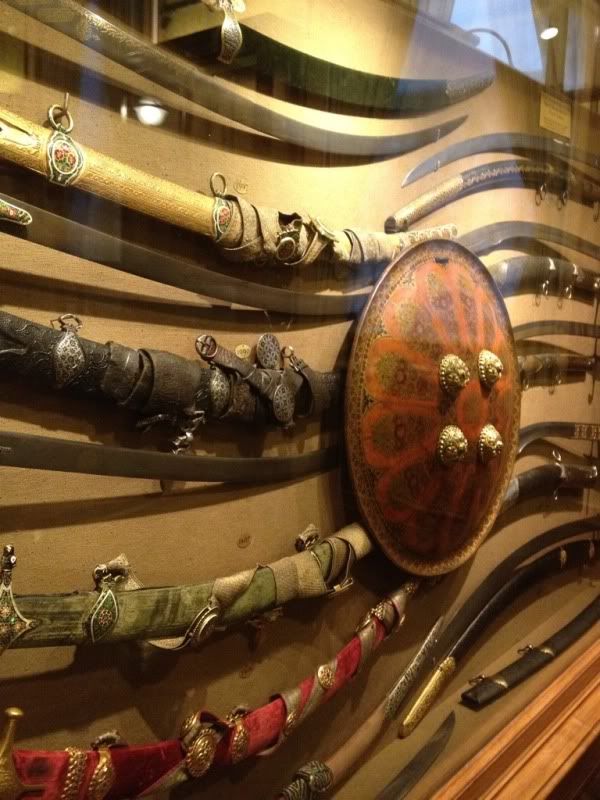
And a suit of armour. Indian I believe. Some helmets had a little fine and light chainmail veil. Probably not for any defensive reason, but merely to hide the face of your assailant. Is fighting someone faceless more sinister? Or is it so the attacker can hide his own fear, to not give the game away that he is utterly terrified?
Quick geek observation : This armour looks a little like one of the Ring Wraiths duds in Lord of the Rings (the movie)
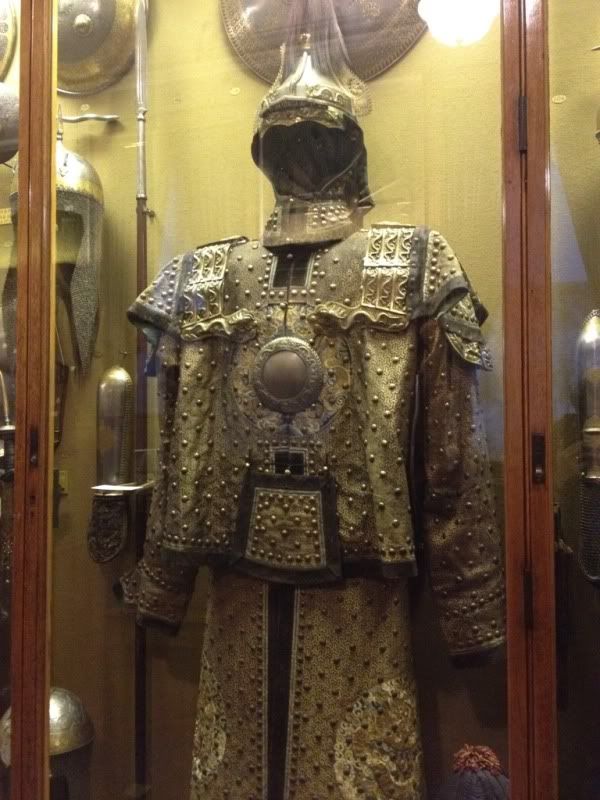
A samurai sword, a katana, displayed in the traditional style, to honour it. The inscription says the scabbard is 19th century, but the blade itself (recently) repolished is from the early 15th centure, of the Mihara school, Bingo province, South West Japan.
Samurai sword steel can be folded around 200 times in the making of the blade. I always thought it was because it somehow made it sharper, but it seems it was because the steel was full of impurities and the incessant and continued folding removed those impurities and porous qualities, making it immensely strong. Seeing something of this age always makes me think of its story, how many souls had it stolen? Who owned it? From century to century? What they were like?
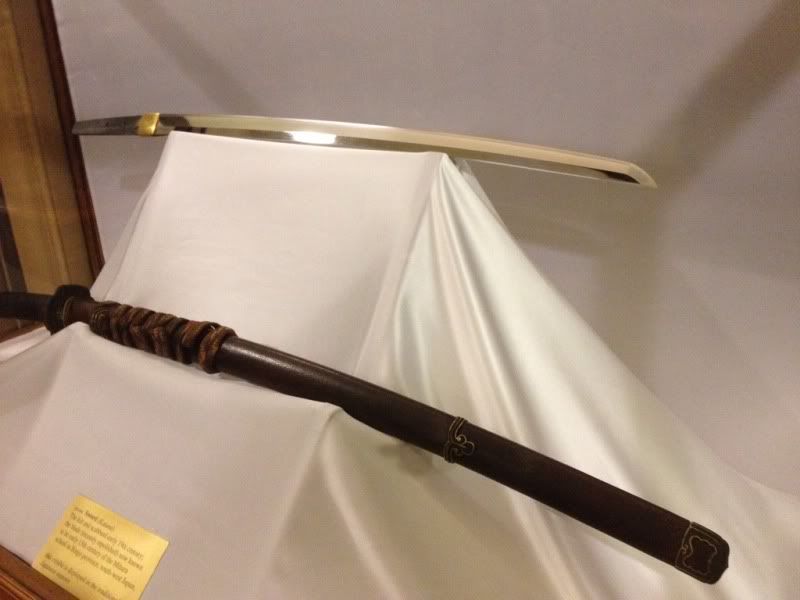
And the workmanship can sometimes be of incredible quality. Some weapons were of course ceremonial, but others I’m sure were owned by powerful men, to draw blood, to maim and kill. You can imagine how in ages past, beautiful swords and weapons could be thought of as imbued with magical powers.
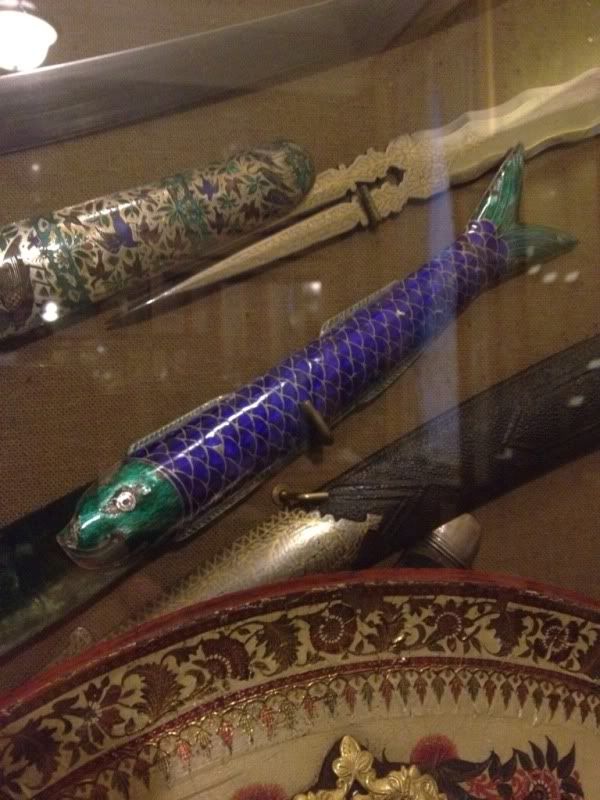
Another interesting aspect of the museum is you can look into the history and composition of every piece of weaponry, no matter how small. There are catalogues along the walls which you can reference. I picked a dagger at random to demonstrate, this dagger in isolation is course beautiful, but in terms of the collection itself, it is a relatively unremarkable item.
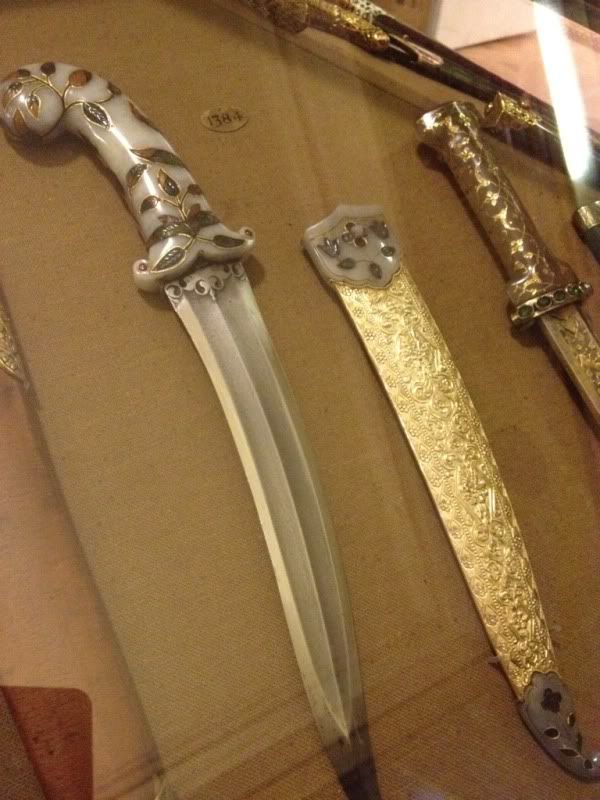
So… this savage but beautiful dagger for instance is Moghul Indian 17th century (ref 1384 in pic), with a jade, gold and agate hilt. The scabbard however is Turkish from the 19th century, the original scabbard seemingly lost. Note how even though the scabbard was made approximately 200 years after the dagger itself, whoever owned it commissioned that they should use the same white jade designs on the scabbard, to make it in keeping with the hilt. This was clearly a treasured item, worked and reworked, repaired and passed down. Perhaps it was a war trophy, from a defeated foe? An Ottoman general’s booty? Once again, I’m making it all up, so I’ll shut up. But it does make you think, every item in the collection has a story. Was the Ottoman general himself defeated, hence his dagger ended up auctioned and displayed in London?
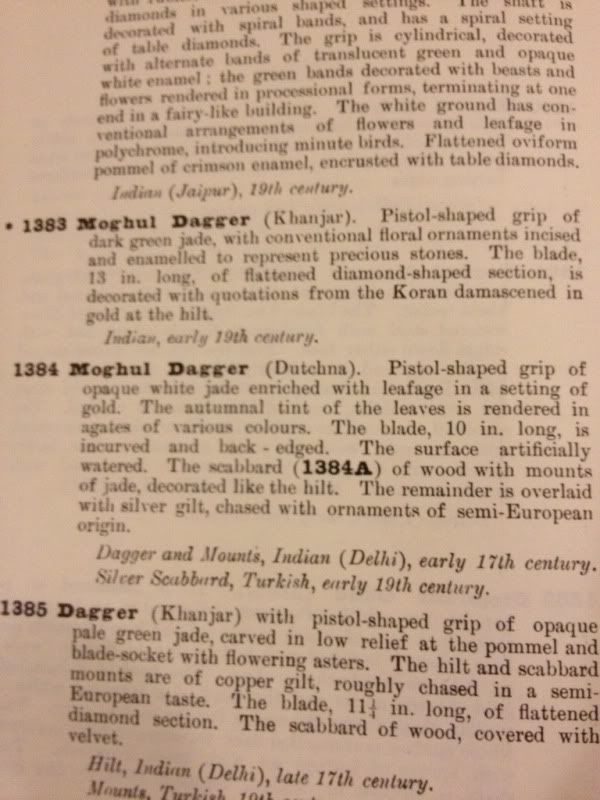
As well as the Oriental and Eastern galleries, there are European arms and armour, equally savage. This fine fellow stands tall and imposing in one of the rooms, I felt sorry for the horses, I’m sure they had no concept of the aesthetic coolness of their armour. Poor beasts! In the cabinet behind him, you can see some evil looking polearms.

A monstrous gargoyle mask, used as a visor on a european helmet. Totally shit inducing. (I’ll get the reference next time I pop in, for now make do with “totally shit inducing” – which I’m sure is not the description in the catalogue)
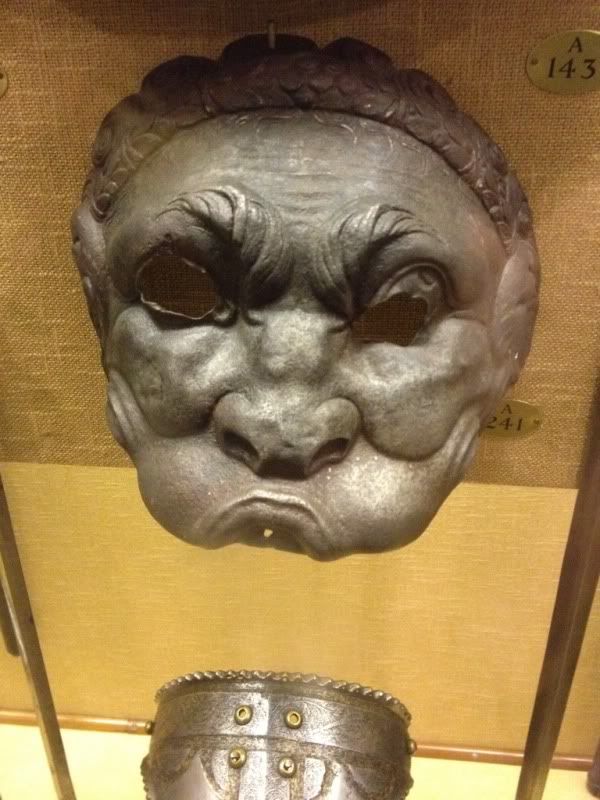
And a beautiful mace head, I believe forged in Milan. Look at that work, it would almost be a privilege to have your bonce stoved in by it. *clump!* “Thank you sir!” *falls over*
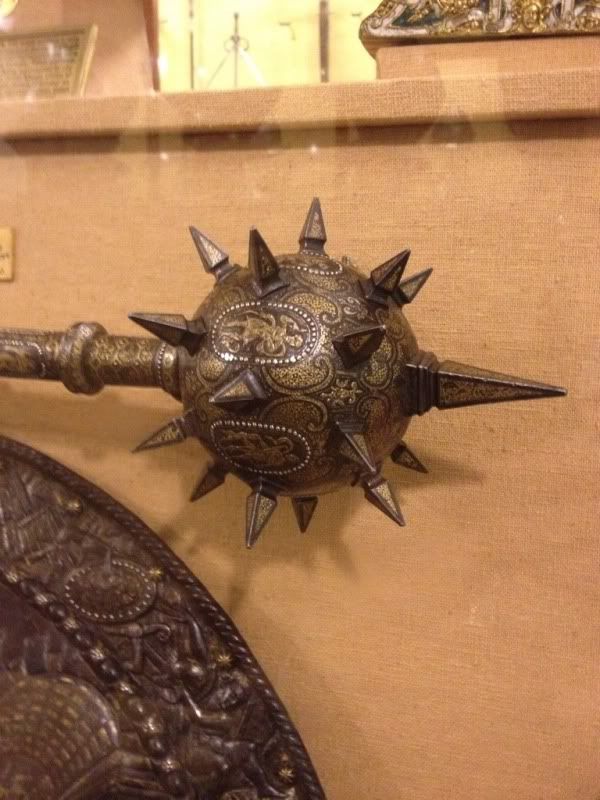
Anyway, I’m digressing into farcical nonsense, can’t wait to go back, apparently (because I’m a numpty and didn’t realise there was a lower ground floor) there is another gallery of further Eastern arms and armour in the basement. This is a temporary exhibition and it’s only on until 26th March 2012, so get your skates on if you want to look at curvy swords and daggers and imagine yourself as a powerful sultan, draped in silks and fine ladies whilst whimsically sipping tea and writing poetry as your eunuch Oud player plucks out another classic ditty in your court.
